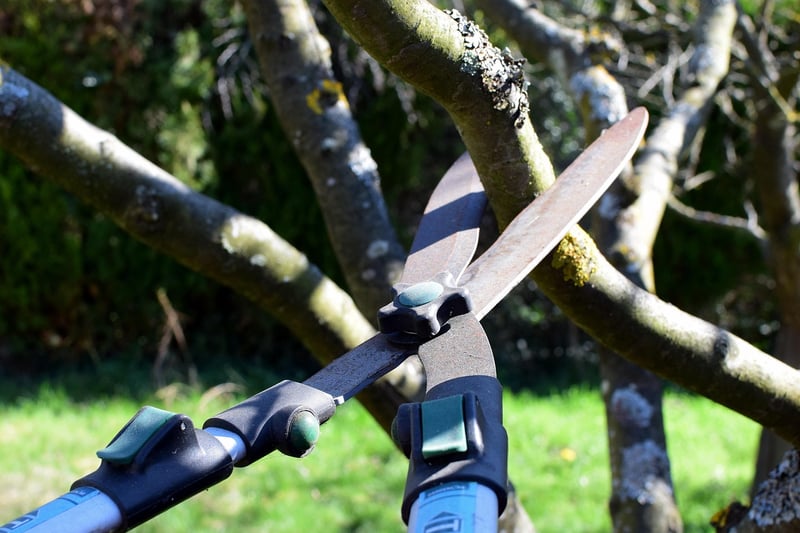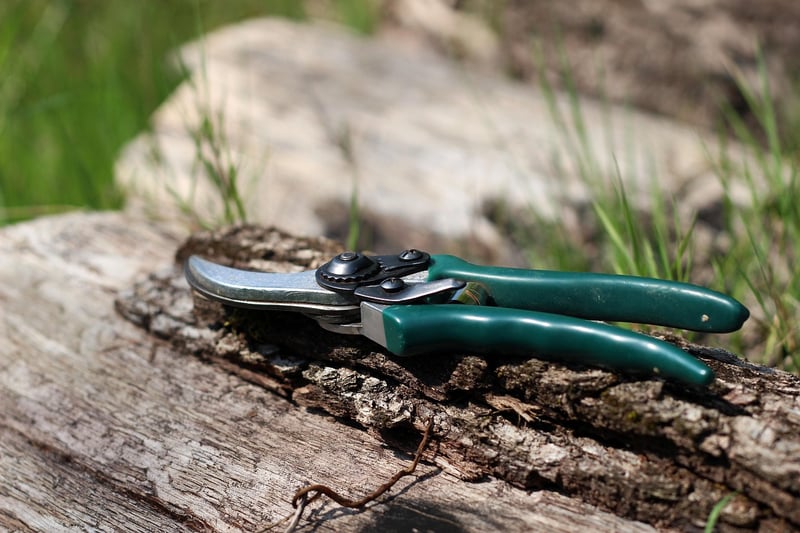Pruning Techniques
Maintain Plant Health with Proper Pruning Techniques
Pruning is an essential practice for maintaining the health and vitality of your plants. By removing dead or overgrown branches, you can encourage new growth, improve air circulation, and shape the plant for better aesthetics. However, it's crucial to use the correct techniques to ensure you don't harm the plant in the process.
Benefits of Pruning
Pruning offers several benefits to your plants:
- Promotes new growth
- Enhances flower and fruit production
- Improves plant shape and structure
- Prevents disease by removing infected areas
- Increases air circulation and sunlight penetration
Proper Pruning Techniques
Follow these tips for effective pruning:
- Use clean and sharp pruning tools to make precise cuts.
- Identify and remove dead, damaged, or diseased branches first.
- Prune at the right time of year for each plant species to avoid stress.
- Make cuts at a 45-degree angle just above a bud or branch junction.
- Step back regularly to assess the plant's overall shape and make strategic cuts.
Tools for Pruning
Essential tools for pruning include:
- Pruning shears for small branches
- Loppers for thicker branches
- Pruning saw for large branches
- Pole pruner for reaching high branches
Conclusion
Pruning is a skill that every gardener should master to keep their plants healthy and thriving. By following proper techniques and using the right tools, you can ensure your plants look beautiful and stay disease-free. Remember, when in doubt, consult a professional for guidance on pruning specific plant species.



Learn more about pruning techniques from the Royal Horticultural Society.
